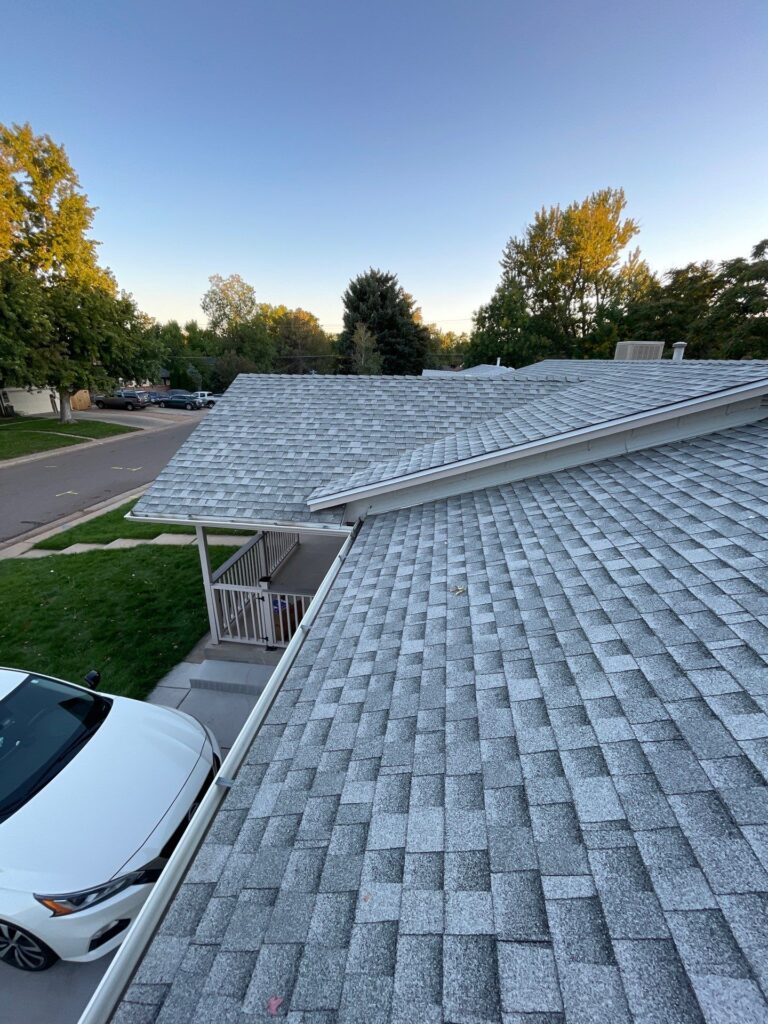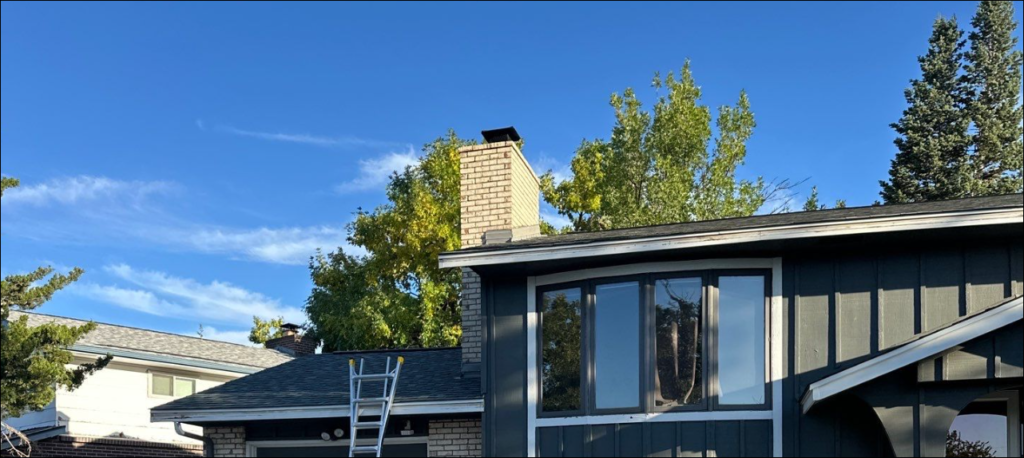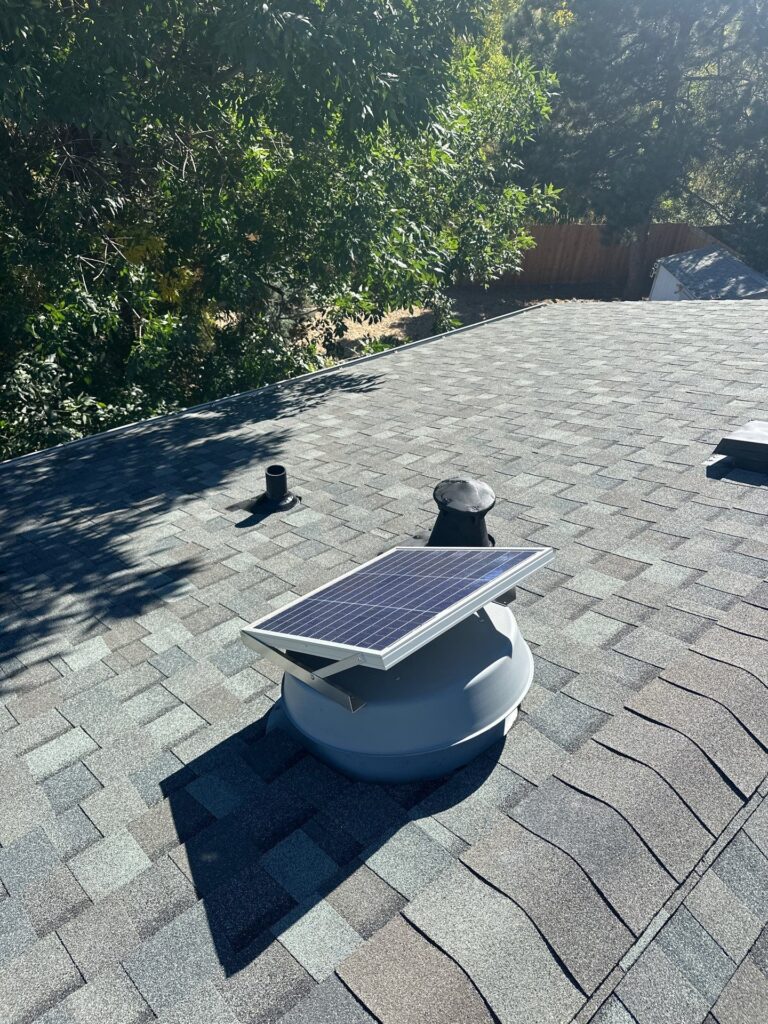The Definitive Guide to Residential Roofing Materials
Your home’s roof is one of the most vital components, safeguarding your investment from the elements and contributing significantly to both curb appeal and energy efficiency. Choosing the right roofing material requires an understanding of each option’s benefits, durability, and aesthetic value. At Tried and True Roofing, we take pride in offering expert guidance to help homeowners make informed decisions about their Denver roofing needs. Here, we’ll explore some of the top roofing materials, giving you the tools to choose the best option for your home.
Asphalt Shingles: Widely Used and Budget-Friendly
Asphalt shingles continue to be a favored option for residential roofs due to their cost-effectiveness and simple installation process. These shingles come in various colors and designs, making it easy to match them to any home’s style. Additionally, they are relatively low-maintenance and have a decent lifespan of around 20 to 30 years when properly maintained.
One of the advantages of asphalt shingles is their resistance to wind and moisture. However, extreme weather conditions, such as severe heat or rapid temperature shifts, can shorten their lifespan. Regular roof inspections and timely repairs are essential to ensure these shingles last as long as possible. Despite the need for maintenance, asphalt shingles remain a highly versatile and budget-friendly roofing material.
Metal Roofing: Long-Lasting and Energy Efficient
Metal roofing in Denver, Colorado is gaining popularity for its impressive durability and energy-efficient properties. A properly installed metal roof can last upwards of 50 years, offering excellent protection against wind, fire, and even hail. Its reflective surface helps reduce heat absorption, making metal roofing an energy-efficient choice, especially in warmer climates.
While metal roofs are more expensive upfront than asphalt shingles, their longevity and minimal maintenance requirements can make them a smart investment in the long term. Homeowners should be aware that metal roofs can be noisier during rain or hail, though soundproofing measures can mitigate this. Despite the higher initial cost, many homeowners appreciate the low maintenance and energy savings provided by metal roofs.
Slate Roofing: Timeless Durability and Beauty
For those who prioritize longevity and classic elegance, slate roofing is one of the best options available. Natural slate roofs have the potential to last more than a century, making them an excellent long-term investment for homeowners seeking superior durability. Slate is highly resistant to fire, rot, and insects, requiring minimal maintenance over its long lifespan.
However, slate is a particularly heavy material, frequently necessitating additional structural reinforcement to support its weight. Installation must be performed by experienced professionals, as improper handling or installation can lead to long-term problems. While the upfront cost of slate roofing is significantly higher than other materials, its unmatched longevity and elegance make it an attractive choice for many homeowners.
Tile Roofing: Aesthetic Appeal with Long-Lasting Performance
Tile roofing, made from either clay or concrete, is another excellent option for homeowners looking for a combination of durability and visual appeal. With a lifespan of 50 years or more, tile roofs are especially popular in homes with Spanish or Mediterranean architecture, adding a distinctive and attractive appearance.
Tiles are highly resistant to fire and harsh weather conditions, but their weight requires additional roof support, similar to slate. Additionally, tiles can be fragile, and walking on them incorrectly can cause breakage. For this reason, it’s essential to rely on skilled professionals for both installation and repairs. Despite the challenges of weight and fragility, tile roofing offers excellent durability and aesthetic benefits.
Flat Roof Materials: Tailored Solutions for Low-Slope Roofs
Flat roofs, though less common in residential settings, require specialized materials to ensure proper drainage and protection from water. There are several material options available for flat roofs, each offering unique benefits:
- Modified Bitumen: A cost-effective asphalt-based option that provides durability and reliable waterproofing.
- TPO (Thermoplastic Polyolefin): Known for its energy efficiency, TPO reflects heat, reducing cooling costs.
- EPDM (Ethylene Propylene Diene Monomer): A durable rubber-based material that performs well in extreme weather but may require additional insulation for energy efficiency.
Choosing the right flat roof material depends on the home’s location and specific requirements. Professional installation is crucial to ensure that seams are properly sealed, preventing water damage.
Cedar Shakes: Rustic Charm with Natural Durability
Cedar shakes are a beautiful option for homeowners looking to add natural charm and texture to their home’s exterior. Hand-split from natural wood, cedar shakes provide a unique, rustic look that can complement various architectural styles. When treated with protective coatings, cedar shakes can last up to 30 years, offering resistance to insects, moisture, and fire.
To maintain their durability, cedar shakes require regular maintenance, such as cleaning and the reapplication of protective treatments. While untreated cedar shakes have a lower fire resistance rating, treated options can achieve a Class A rating, making them a safer option. Cedar shakes are ideal for those looking for a natural, distinctive appearance that ages gracefully over time.
Key Factors to Consider When Choosing a Roofing Material
Selecting the right roofing material is not just about aesthetics—it’s about choosing a material that fits your home’s specific needs and the climate in which you live. Here are several factors to consider when making your decision:
- Climate: The weather in your region plays a significant role in how well a roofing material will perform. For example, slate and metal roofs excel in areas prone to wildfires, while tiles are ideal for hot, dry climates.
- Cost: While asphalt shingles are the most budget-friendly option, premium materials like slate or metal come with higher upfront costs but offer greater longevity.
- Aesthetic Appeal: Each roofing material brings its own style to your home. From the rustic charm of cedar shakes to the modern look of metal, the aesthetic appeal should align with your home’s architectural style.
- Lifespan: How long do you want your roof to last? Materials like asphalt shingles may need replacement after 20-30 years, while slate or tile can last significantly longer.
At Tried and True Roofing, we are dedicated to helping homeowners make the best choices for their homes. With years of experience in roofing in Denver, we provide top-tier service and guidance, ensuring that your new roof not only enhances your home’s appearance but also offers lasting protection and value.
In summary, selecting the appropriate roofing material relies on several key factors, such as budget, climate conditions, and personal aesthetic preferences. Whether you’re drawn to the affordability of asphalt shingles, the elegance of slate, or the durability of metal, Tried and True Roofing is here to help you navigate your options and install a roof that meets your unique needs.
The Definitive Guide to Residential Roofing Materials Read More »




